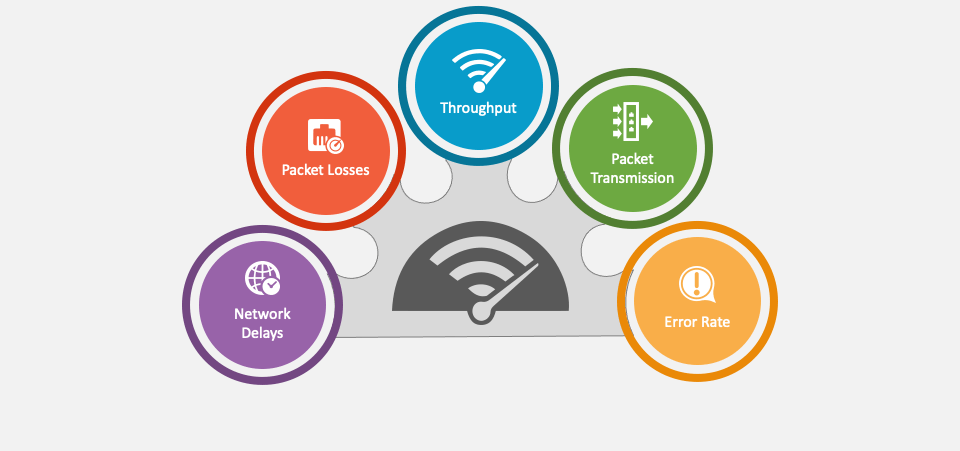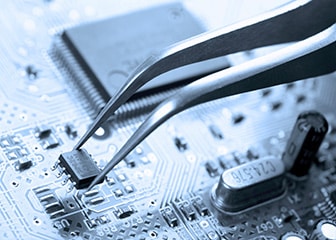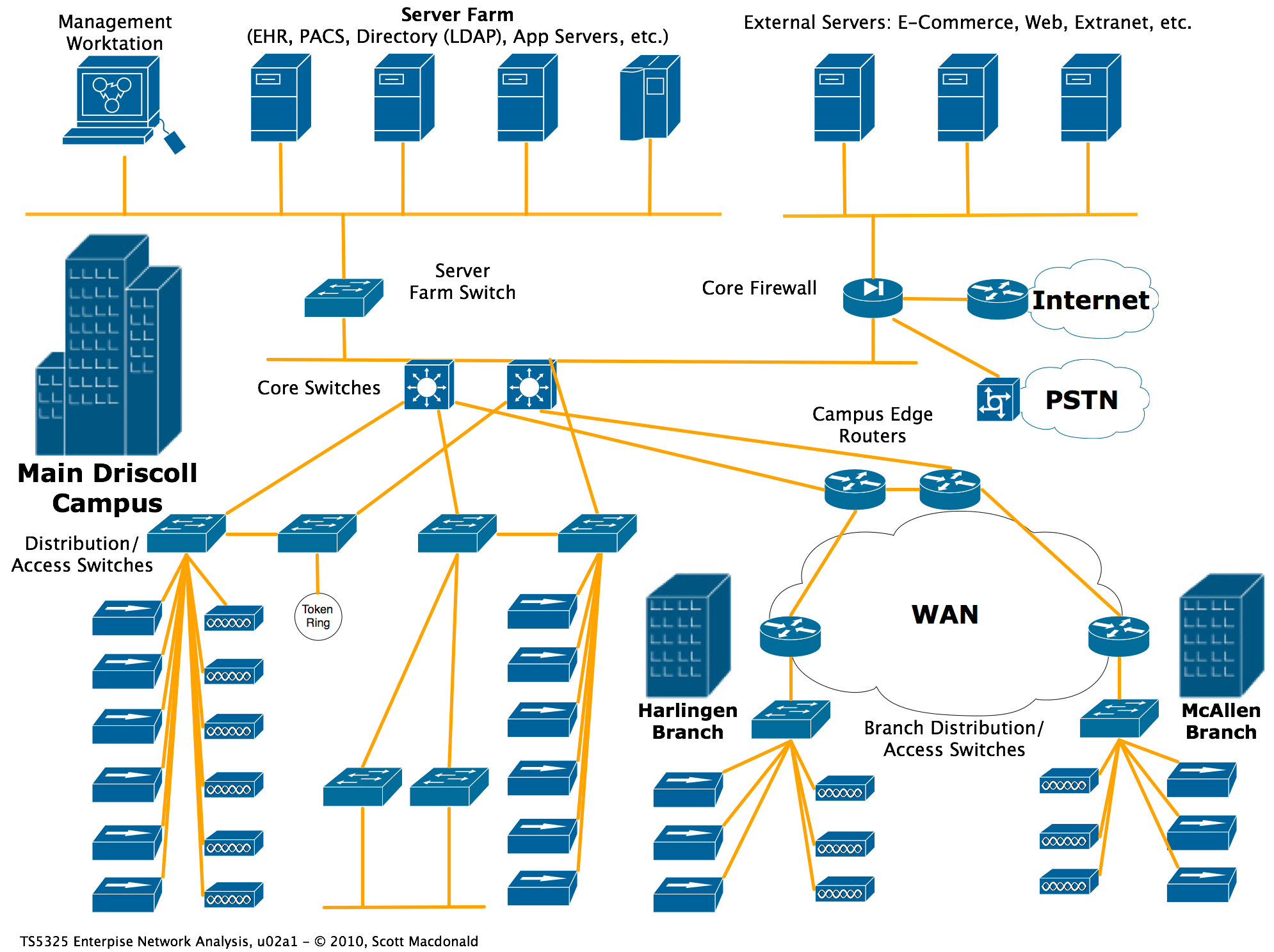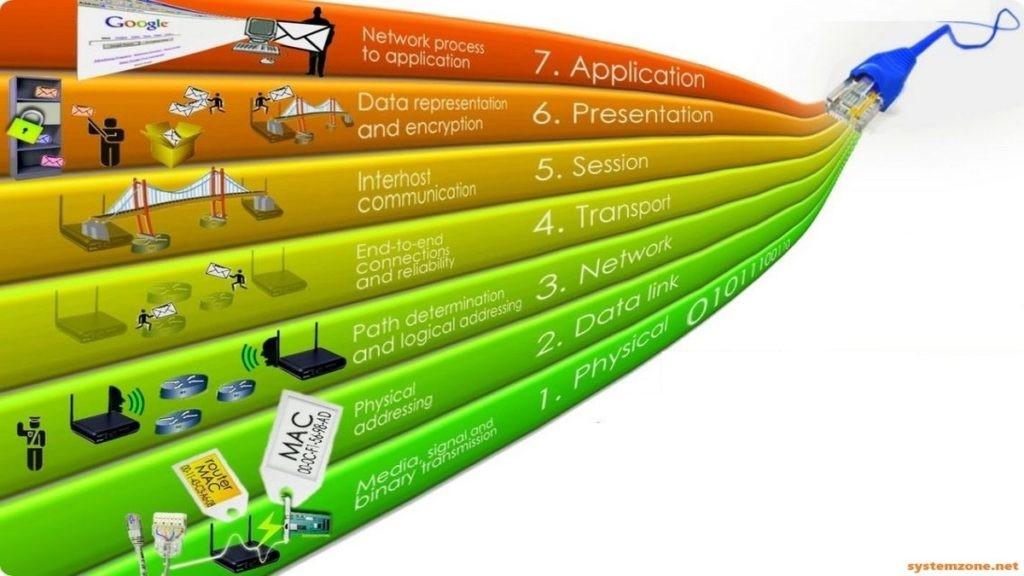Digital Addressable Lighting Interface
The “Digital Addressable Lighting Interface” (DALI) is a communication protocol for building lighting applications and is used for communication between lighting control devices, such as electronic ballasts, brightness sensors or motion detectors.
Having a dimmable lighting system that can be controlled via code or sensors offers you great benefits in managing and scheduling your lighting system.
The main advantages of using DALI are time and material saved due to the need for less cabling than analog lighting ( were each light needs it’s own controller and feed ) in the case of a DALI installation, all the lights in a section can be connected via a single cable to a common controller.
When standard lightning can have a few features like on/off/dimming, sensor and time based, DALI takes the features to a different level, letting the user choose light scenarios and combinations between them, DALI can also be configured to follow the rise and set of the sun, to output scenarios gathering information from online weather providers or standalone API’s
In addition it can be used for intelligence light control, two-way communication scenarios and for flexibility.
A more Technical approach to DALI
The DALI protocol is used in building automation to control individual lights and lighting groups. Assessment of individual lights to operating elements and grouping of lights are performed via short addresses. A DALI master can control a line with up to 64 devices. Each device can be assigned to 16 individual groups and 16 individual scenes. With bidirectional data exchange, not only are switching and dimming possible, but status messages can also be returned to the controller by the operating unit.
DALI maximises flexibility by easily adjusting lighting control (via software without hardware modifications) to new conditions (e.g., changes in room layout and usage). Lighting can also be assigned or grouped after installation (e.g., changes in room usage) easily and without rewiring. In addition, advanced DALI controllers can be integrated into higher-level control systems and incorporated into complete building automation systems.
It uses a low voltage two-way communication protocol that allows for sending and receiving messages from the fixtures. This protocol is thus an important tool in the transfer of information, control integration and monitoring within the system. This makes the communication protocol within the system insensitive to polarity, this feature is one of the favourite of the installers
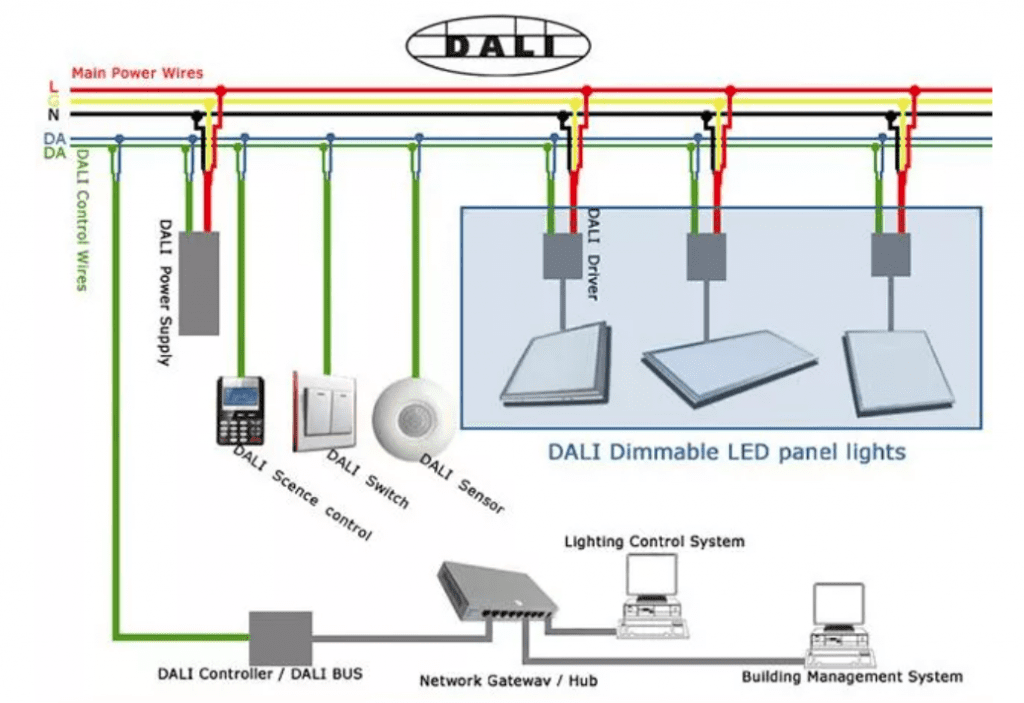
In this example, LED panel light is a standard lighting that is converted into the DALI Dimmable LED panel light by adding on the DALI driver add-on. Any type of LED lighting can be used since is the controller the one that changes the features of the fixture.
The DALI driver add-on brings with it the DALI protocol bus-mastering which lends much reliable and superior dimming function to the LED light.
The DALI bus-mastering protocol uses dimmable ballast to intelligently master match your lighting. It works well with a majority of equipment that follows the DALI protocol.
But wait, there’s more: the system employs a single multi-core cable to send duplex digital date between the components of the system.
The control options for the DALI dimmable LED light include centralised systems such as an automation system or computer and local controls inform of occupancy sensors, manual dimmers and photosensors.
If there is the whole DALI system with led lights, it is really the true sense of energy saving and intelligent controlled.

If you want to learn more in deep about the benefits of DALI, Matthew Nourse has a well explained video to check out: https://www.youtube.com/watch?v=Akmulvd4vUE


